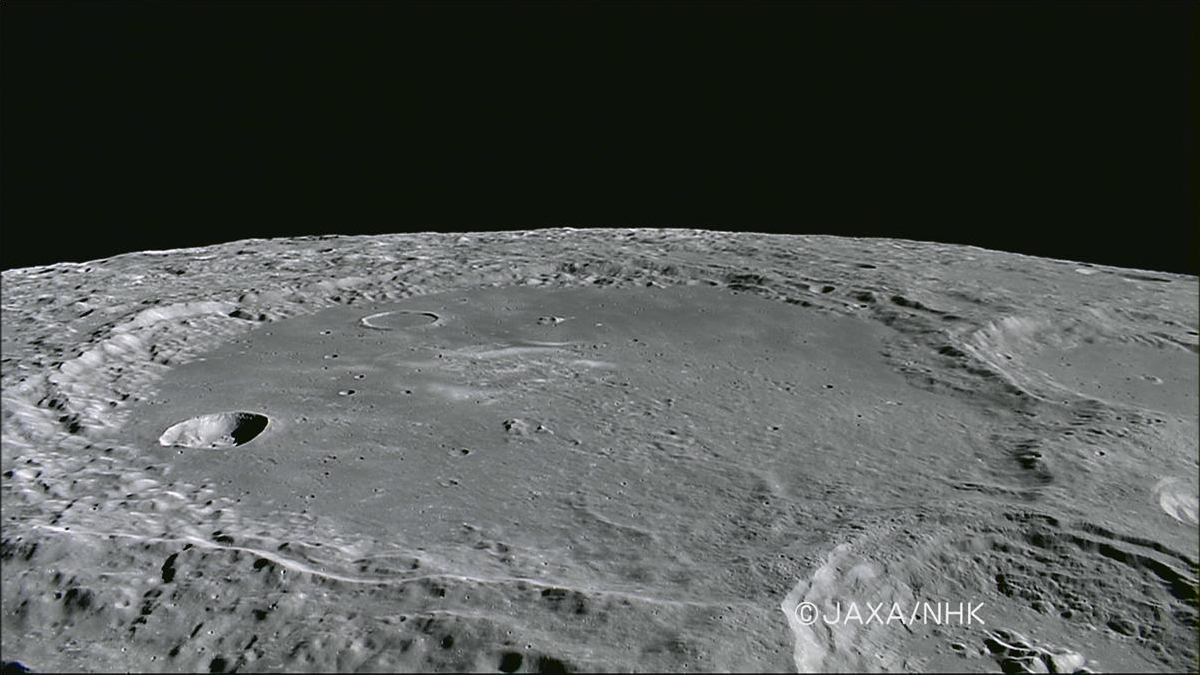Gateway will be a space science laboratory that is both similar and different from the International Space Station. Like the station, it can accommodate exterior research as well as interior experiments. Unlike the station, it orbits the moon where the environment is much harsher than low Earth orbit, and crew won’t be on-site all the time.
Initially NASA’s Space Launch System will launch an Orion spacecraft with four crew members to Gateway annually for missions of around 30 days. Crewed missions may increase in frequency and duration as Gateway grows in habitable volume and capabilities.
Gateway’s vantage point of deep space offers unique opportunities for some Earth, heliophysics, astrophysics and fundamental physics investigations. It also enables important tests on the effects of radiation on biological organisms. This research is crucial to preparing to send humans to Mars and other destinations in our solar system.
In addition, Gateway can enable important lunar science—especially once we have sample return capabilities. Externally-mounted sample collection is also possible with Gateway and can provide important science about cometary material, solar composition, interstellar particles and near-Earth objects. In addition, the European Space Agency issued a call for ideas for the use of Gateway in 2017 that generated over 100 responses with focus in science that ranged from research into human physiology to Solar System science, in addition to lunar exploration.
Some of the important research that is currently being performed on the station may transition to Gateway once the station is retired. Just as the U.S. role on the station and ownership of the Space Shuttle advanced the country’s leadership of low Earth orbit, so the combined assets of Gateway, SLS and Orion will advance national leadership in deep space.
It is hard to predict the benefits to life on Earth that will result from the research that will be performed on Gateway, but if history is any guide, it is likely to touch every aspect of our lives.
Read More:
- ⯈ Communications Relay And Human-Assisted Sample Return From The Deep Space Gateway
- ⯈ ESA Council Backs Lunar Gateway & Exploration, Mars Sample Return


